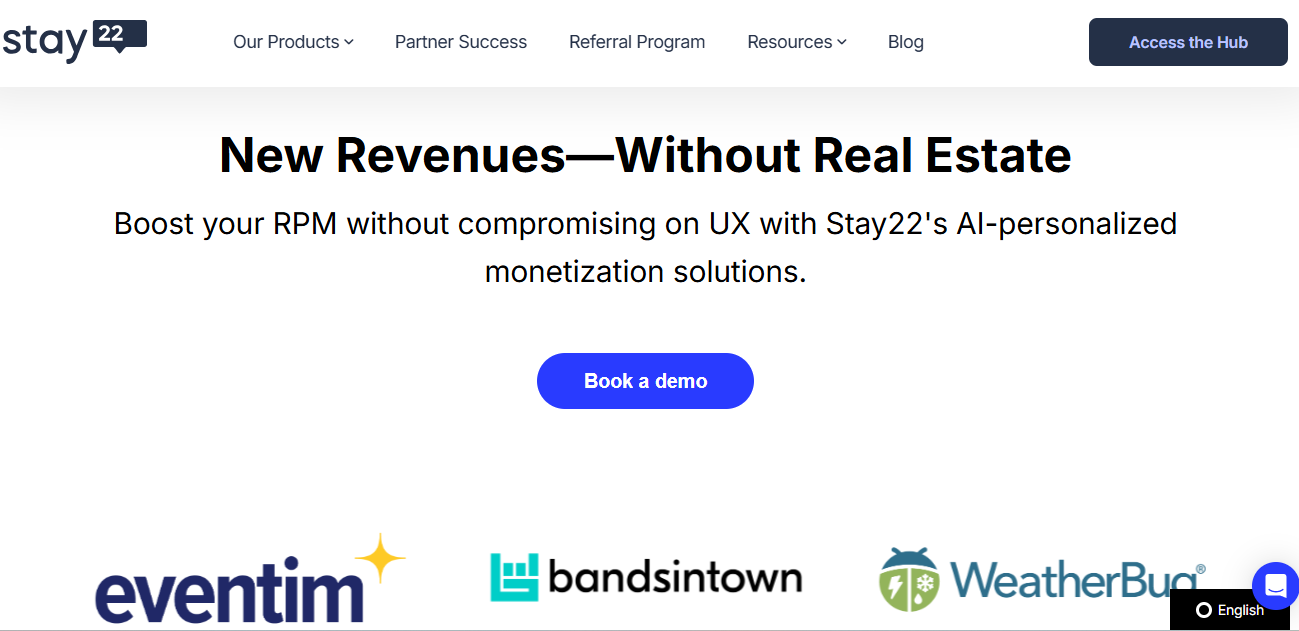Whilst running a display advertising campaign, it’s possible to analyze the impact of the campaign and the way it has influenced the behavior of those who viewed and interacted with components of the advertisement in real time. This comprehensive approach allows advertisers and businesses to evaluate the efficiency of individual advertising campaign components such as targeting, placements, creatives and traffic as the campaign runs. This helps to evaluate the effectiveness of specific campaigns and analyze their ROI. ‘Comprehensive Analysis’ allows advertisers to implement real-time corrections to specific components in order to improve the efficiency of individual campaigns on an ongoing basis.
It’s essential for us to remember that display advertising is not the same as direct response advertising. The main difference when it comes to display advertising is that search ads serve the demand created by display ads and are lower down the funnel in comparison.
‘Comprehensive Analysis’ is a technical process that merits attentive traction. Every product or service running a display advertising campaign requires different timescales and hypothesis. Whereas some products and services will garner an immediate response to various advertising components, others will require longer and varying methods of exposure to create maximum impact on their target audience.
The method of ‘Comprehensive Analysis’ measures both post-click and view through actions and analyses display advertising metrics such as reach and the frequency with which an advert engages with its desired target audience.
Some of the methods that we use in our Comprehensive Analysis are based on cookie matching and cross-device user identification. We use advanced tracking tools such as Campaign Manager and Gemius measure and analyze both click-throughs and view through data from our client’s advertisements. This is how we get a clear picture with regard to conversions, audience segmentation and behavior. We also analyze data from user matching to give us a heightened understanding of the audiences that our advertisements are reaching. Our analysis spans multiplatform usage. For instance, if a user clicks or views an ad on their phone and then makes a purchase on a laptop, and they are logged in under the same Google account, we can track the user to both devices and concur that our advertisement has influenced a buying decision.
It is important to remember that relying only on post-click analysis; you lose a considerable amount of data, which drastically changes your ability to interpret and learn from a campaign.
That is why, when analyzing the data using the Comprehensive Analysis method, we can answer the following questions, that is extremely important when planning and placing media advertising campaigns:
- What is the optimal frequency for the campaign?
- Which creative is effective, which is not?
- How often should users see an advertisement, for how long will they remember it?
- Which sites/targeting works, which does not?
- Through which channel (search, direct, advertising) does the user come to the client’s site, after contacting the display advertising?
Answering these questions can improve the effectiveness of advertising campaigns by a great deal. Below, we’ll discuss practical examples for each of the questions.
Optimal campaign frequency
With analyzing the data on frequency and numbers of users reached, how they accessed a website, viewed a product or communicated with a client of ours, we can evaluate how much each contact costs us. Using this data, we can answer the question, what is the optimal frequency for the campaign? In the first example below, we can see that the frequency of more than 4 impressions per week per user is no longer optimal for a client (employment website), while in the second chart (retail website) we see that it is important for the brand to conduct “buzzy” campaigns,
Efficiency of creatives
Often, the advertiser thinks about which creative worked better. Sometimes they can try to estimate this by CTR, but this is a false approach at the core. Based on the data of Comprehensive Analysis, using metrics, we can easily demonstrate which banner attracted more audience to the client’s site and led to more conversions/desired actions.
From the example below, we can see that in some cases, banner advertisements can be more effective than more pricey options such as video campaigns. In the case displayed below, this information allowed us to optimize a client’s advertising campaign by more than 30%
Many users had already seen a video ad on the TV; the banner ads served as a reminder which made people take action after being exposed to the advertisements.
You do not have to guess which one of the banners work better, just run the pre-test, collect the statistics and leave the one that has better results.
How often users have to see ads
This chart shows how users react to your ads over a certain period.
Having this data, you can make the necessary conclusions when an advertisement is inefficient, and when the users need to see it again.
Placements / Targeting optimization
Not all websites and types of targeting are efficient. Therefore, you need to evaluate which placements, targeting, and audience segments work best. You may be surprised by the actual results.
Content from our partners
Channel Optimization
It’s important to understand that the display campaign only generates the demand; performance campaigns should meet this demand. To evaluate this and build an attribution map, it is essential to collect the data about how users visit the site after exposure to display ads and which chain of adverts is the most effective.
In conclusion – the main thing is taking note of the data and changing your campaigns to suit trends. With the help of this data, you can answer a considerable number of questions that are so important when planning and optimizing advertising campaigns.
Previously, to answer such questions, expensive focus groups and field studies were conducted, now it is possible to analyze it on a live campaign and make edits on the spot, change settings and test hypotheses.
For more information about real-time editing on live advertising campaigns to improve efficiency, increase ROI, and truly define your target audience click here to view our presentation.




















